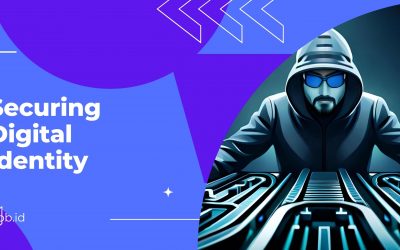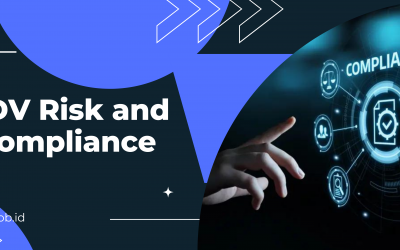Everything you do online requires an identity. Whether booking a flight, sharing photos, or reading the news, we must create accounts and log in with credentials. As our lives move increasingly online, it’s more important to understand how our identities work and how to protect them. Here’s what you need to know about identities in the digital world and how to keep them safe.
The Problem.
Creating online identities and accounts is essential for almost everything we do online, with our lives increasingly online. However, this also means there’s a higher risk of identity theft and fraud, with severe consequences. The problem is that people need to be aware of how their identities work and how to protect them from potential threats.
An identity document is a physical document, such as a passport or identity card, that contains information about an individual’s legal name, photograph, and other biometric data. These documents are used to verify the identity of individuals when they are crossing borders or at the Notary. This makes it essential to protect these documents and ensure that they can not be compromised and that they can be authenticated.
Identity theft can result in severe financial loss and damage a person’s credit history. But that’s not all. The side effects of not solving this problem are numerous and can have devastating consequences, including a damaged reputation and legal troubles. Moreover, identity theft can take years to resolve and cause significant stress and emotional distress.
“Identity fraud is the mother of all crimes”
The Solution.
Some of the most protective measures for identity documents are encryption, digital signatures, and two-factor authentication. Encryption ensures sensitive data stored on identity documents can be authenticated. Digital signatures also ensure that changes made to the documents can be tracked and verified. The next step is establishing the wearer if the authenticity is established and confirmed.
Several other technical measures are taken to protect against forgery or counterfeiting attempts. These include watermarking or embedding special features into documents such as holograms or bar codes that make them difficult to duplicate; adding red or green text that can only be seen under a microscope; using special printing techniques; and, of course, the before mentioned method using cryptographic algorithms to protect the identity documents.
Most identity verification software solutions available and implemented in many organizations rely on artificial intelligence to detect fraud in and with identity documents. It’s based on the way a human looks at a passport. Artificial intelligence is the simulation of human intelligence processes by machines, especially computer systems. Just like humans, they offer an opinion and not a fact. So they don’t state if a passport is real or not; they offer a probability.
Cryptography, conversely, offers mathematical proof that an identity document is authentic and detects if it’s compromised or even copied. The most common form of identity fraud is using fake documents. Cryptography makes this impossible.
To solve this problem, organizations need to implement measures that can help ensure the identities of people the correct way while protecting them from potential fraudsters and cybercriminals. One of the most effective ways to do this is by using cryptography.
By implementing these measures correctly, organizations can help ensure the identities of their customers or employees remotely while safeguarding them against potential fraudsters and cybercriminals.
Consider the example of a bank that uses identity verification to secure its customers’ identities. With solution like MOB.ID, the bank can ensure that each customer’s identity is genuine, preventing potential fraudsters from opening accounts using fake documents. This way, the bank can protect its customers’ and maintain their trust, benefiting its reputation and customer retention.
In summary, legal identity documents are essential for organizations that need to prove the identities of customers or employees remotely. By implementing these measures correctly, organizations can help ensure the identities of people the correct way while protecting them from potential fraudsters and cybercriminals.



